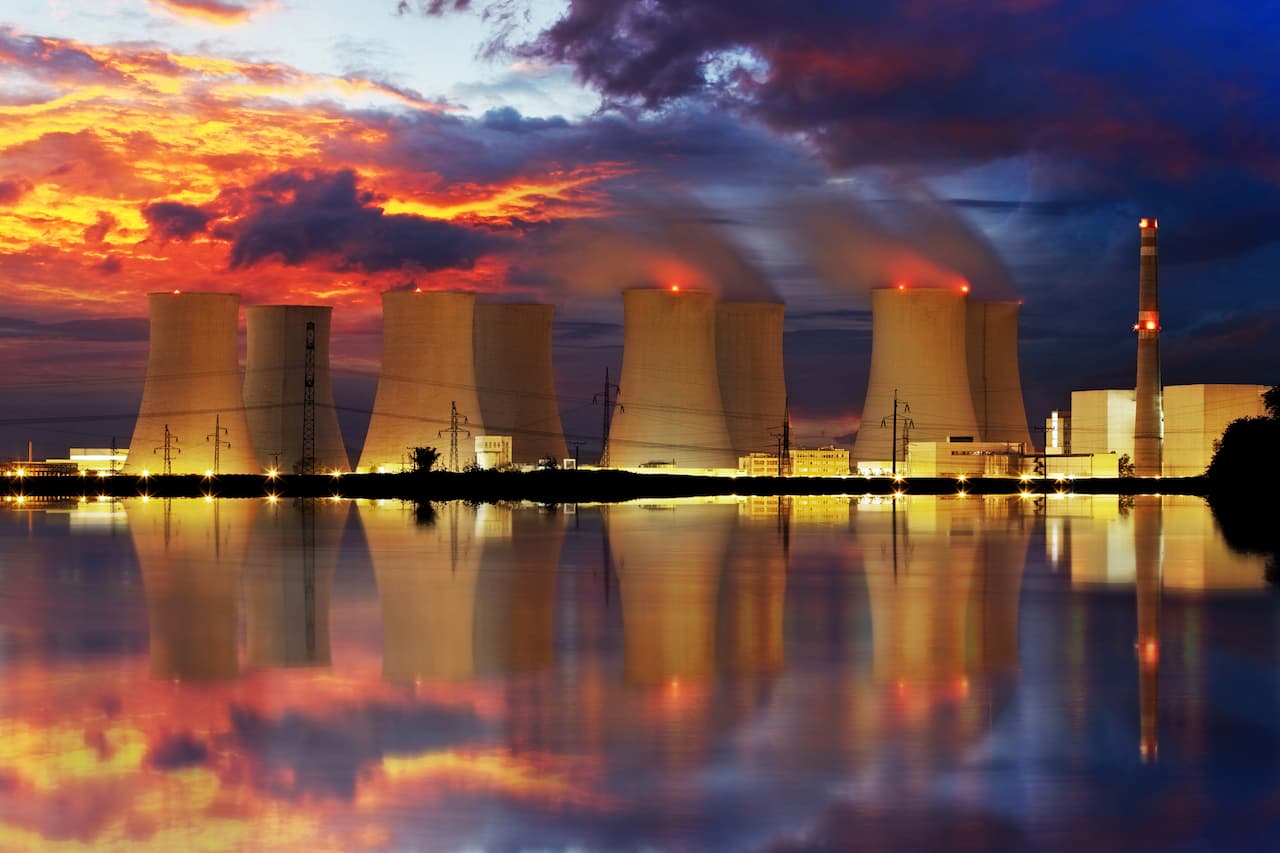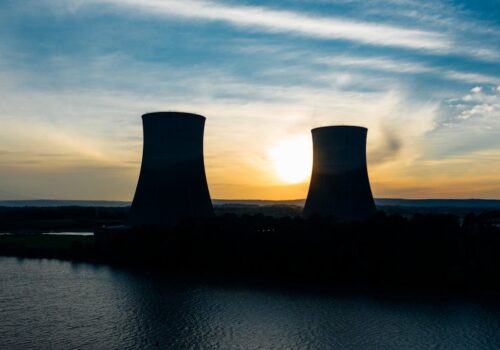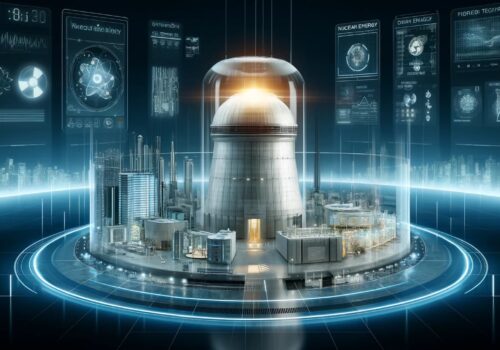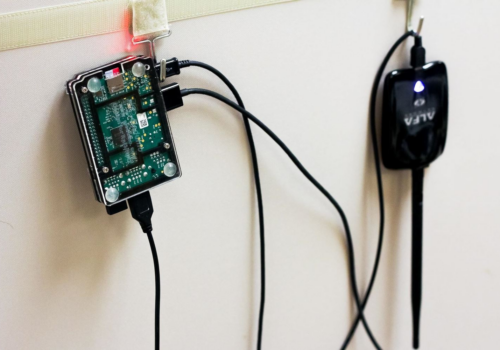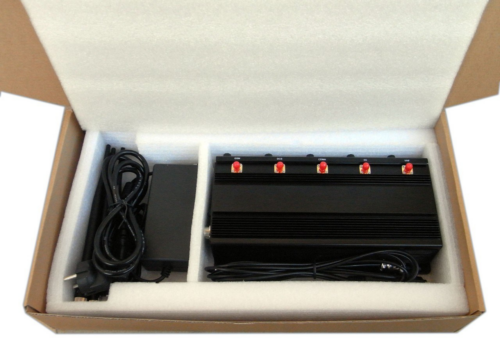The future of nuclear power: what’s next for this energy source?
Nuclear power is one of the most controversial energy sources in the world. Some view it as a safe, clean alternative to fossil fuels, while others see it as a ticking time bomb that could lead to catastrophic accidents. So what’s next for nuclear power? Let’s take a look at the future of this energy source and explore what options are available for its further development.
What is nuclear power, and how does it work?
Nuclear power is a type of energy that is produced by the fission or splitting of atoms. This process releases a large amount of energy that can be used to generate electricity. In order for this process to occur, the fuel must be present that is capable of sustaining a nuclear chain reaction. The most common type of fuel used for nuclear power plants is uranium.
Uranium is a metal that is found in rocks all over the world. The uranium used for nuclear fuel is extracted from these rocks and then enriched so that it can be used in a nuclear reactor. Enrichment is the process of increasing the percentage of uranium-235 atoms in the fuel. This is important because uranium-235 atoms are what sustain the nuclear chain reaction.
Once the fuel has been enriched, it is then placed in a reactor where it undergoes nuclear fission. This process releases a large amount of heat energy that is used to generate steam. The steam turns turbines which then generate electricity.
Nuclear power plants are very efficient at generating electricity. In fact, they are capable of generating more electricity than any other type of power plant. However, there are some drawbacks to using nuclear power. One of the biggest concerns is what to do with the waste products that are produced by nuclear reactors. These waste products are extremely radioactive and can stay radioactive for thousands of years. As a result, they must be carefully stored so that they do not pose a threat to human health or the environment.
Benefits of nuclear power
For years, nuclear power has been touted as a clean and efficient alternative to fossil fuels. But what are the real benefits of nuclear power? Let’s take a closer look.
In addition to being a clean source of energy, nuclear power is also extremely efficient. Nuclear power plants have the ability to generate large amounts of electricity with very little fuel. In fact, one pound of uranium can generate the same amount of electricity as 500,000 pounds of coal! This makes nuclear power plants much more efficient than traditional coal-fired plants.
Not only is nuclear power efficient and clean, but it is also affordable. The cost of building and operating a nuclear power plant is comparable to the cost of building and operating a traditional coal-fired plant. But when you factor in the cost of transporting and storing coal, nuclear power becomes even more affordable.
The risks of nuclear power
Nuclear power is a source of energy that has many benefits but also some risks. The risks of nuclear power can be divided into two main categories: the risk of an accident at a nuclear power plant and the risk of nuclear weapons proliferation.
The risk of an accident at a nuclear power plant
There are two types of accidents that can occur at a nuclear power plant: a release of radioactive material from the plant and a meltdown of the reactor core.
A release of radioactive material can happen if there is a failure in the containment system that surrounds the reactor core. If this happens, radioactive material can escape into the environment. This type of accident is called a radiological release.
A meltdown occurs when the reactor core overheats and melts. This can happen if there is a loss of coolant or if the reactor core is not properly cooled. If a meltdown occurs, it can lead to the release of radioactive material.
Both types of accidents can have serious consequences for human health and the environment. That is why it is important to have safety systems in place to prevent them from happening and to mitigate their effects if they do occur.
The risk of nuclear weapons proliferation
Another risk associated with nuclear power is proliferation, which is the spread of nuclear weapons to countries that do not have them. This can happen in two ways: through theft or diversion of nuclear materials from civilian nuclear facilities or through the transfer of nuclear technology from one country to another.
Nuclear proliferation poses a grave threat to international peace and security. That is why there are international treaties and agreements in place to try to prevent it from happening.
Solutions to the risks associated with nuclear power
There are several solutions have been proposed to address the risks associated with nuclear power. These include:
– Improved safety standards for nuclear power plants;
– Increased security for nuclear materials;
– Improved international cooperation on non-proliferation;
– A global ban on nuclear weapons;
– And improved emergency response plans for accidents at nuclear power plants.
The future of nuclear power
Nuclear power is expensive to build, but once a plant is up and running, it is relatively cheap to operate. Nuclear power plants can provide a steady supply of energy for many years.
However, nuclear accidents can be devastating. The most famous nuclear accident occurred at the Chornobyl plant in 1986. This accident released large amounts of radiation into the atmosphere, which caused health problems for people living nearby. In 2011, an earthquake and tsunami led to a nuclear accident at the Fukushima Daiichi plant in Japan. This accident released radiation into the air and ocean, contaminating food and water supplies.
These accidents have made people question the safety of nuclear power. Some countries have decided to phase out nuclear power altogether. Others are investing in new technologies to make nuclear power plants safer.
The future of nuclear power is unclear. Some countries are investing in new technologies to make nuclear plants safer, while others are phasing out nuclear power altogether. Only time will tell what the future holds for this controversial source of energy.
How to make nuclear power safer
The Fukushima Daiichi nuclear disaster in Japan put a spotlight on the safety of nuclear power plants. In the years since there have been many studies and reports on how to make nuclear power safer. Here are three ways to make nuclear power safer and more sustainable.
1. Improve plant safety
Nuclear power plants need to be designed with safety in mind. This means incorporating multiple safety systems that can act as backups for each other in case of an accident. It also means having a well-trained staff that is familiar with the plant’s safety procedures.
2. Reduce waste
Nuclear waste is a major concern for those who are opposed to nuclear power. However, there are ways to reduce the amount of waste produced by nuclear power plants. One way is to use fuel more efficiently so that less waste is produced in the first place. Another way is to find better ways to store or dispose of nuclear waste so that it doesn’t pose a risk to the environment or public health.
3. Increase transparency
The Fukushima Daiichi disaster was made worse by a lack of transparency on the part of the plant’s operators. This led to a delay in evacuating people who were in danger and made it difficult for the public to get accurate information about what was happening. Increasing transparency can help build trust in nuclear power and make it easier to respond to accidents when they do happen.
Conclusion
Nuclear power is a contentious issue, but it’s important to consider both the pros and the cons before making a decision. Nuclear power has the potential to provide significant amounts of energy with low emissions, but it also comes with risks.
These risks can be mitigated through better regulation and safety measures, but we need to make sure that nuclear power is responsibly managed if we are going to use it in the future.
